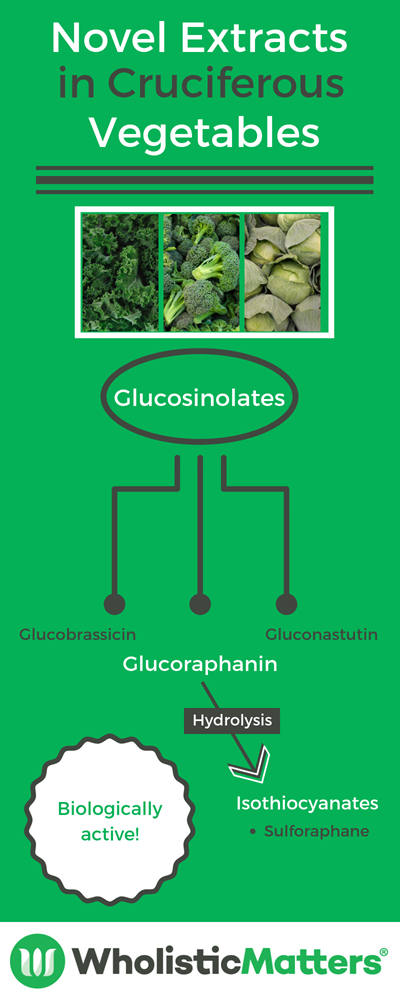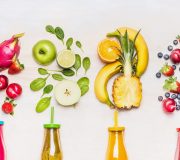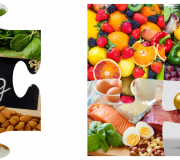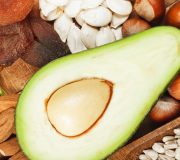
Cruciferous vegetables like broccoli, cabbage, and kale contain a powerful and biologically active antioxidant – glucoraphanin.1 Through a process called hydrolysis, sulfur-containing glucoraphanin is metabolized into the biologically active isothiocynate sulforaphane, which is associated with a variety of positive effects, stemming from its antioxidant activity.2,3
For example, sulforaphane has many actions and characteristics:2,3
- It releases hydrogen sulfide when cooked, producing a cardioprotective effect similar to that of garlic.
- It induces phase II enzymes, an important part of the body’s detoxification pathways.
- It increases expression of antioxidant enzymes.
- It exerts other protective antioxidant effects.
Glucoraphanin is a type of glucosinolate, a sulfur-containing compound associated with a pungent aroma and spicy taste. Glucobrassicin and gluconastutin are two other types of glucosinolates – differentiated by their amino acid composition – produced by cruciferous vegetables like broccoli. When these glucosinolates go through hydrolysis, they enter their biologically active form, called isothiocyanates.1
A novel antioxidant is a broccoli seed extract standardized to yield 13 percent glucoraphanin, which metabolizes to sulforaphane and activates Nrf-2 pathways to produce antioxidants for reducing oxidative stress, and phase 2 enzymes—detoxifiers vital for the body’s natural detoxification process.4
Oxidative stress is a process caused by free radicals – unstable molecules formed during both natural body processes and from exposure to toxins.5 Activation of Nrf-2 pathways help target harmful inflammation, thus limiting the extent and magnitude to which inflammation occurs.6
Oxidative stress and unhealthy inflammation is often a primary cause for systemic imbalances in the human body. These imbalances are connected to conditions like cancer, cardiovascular disease, and diabetes.7

















